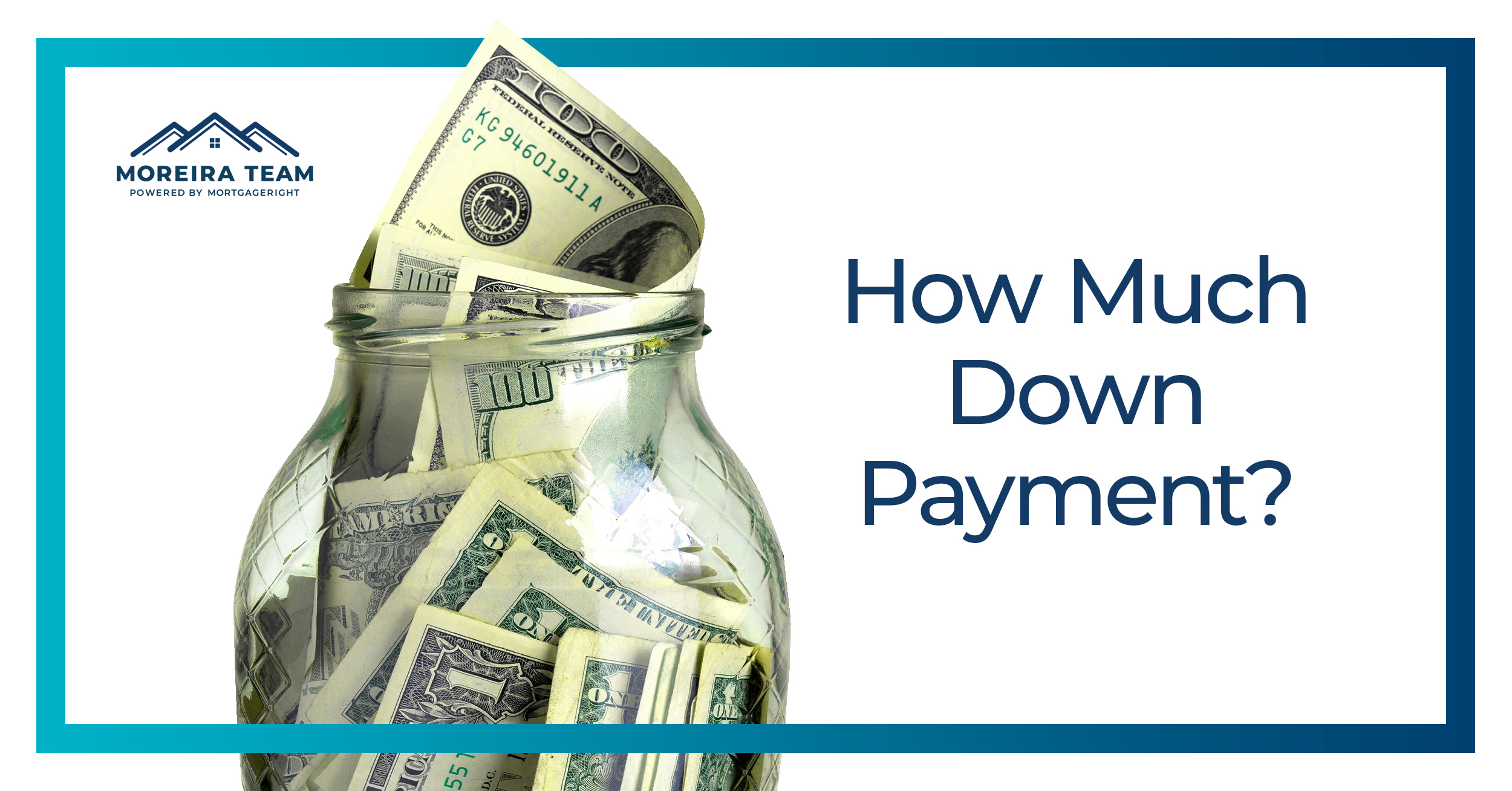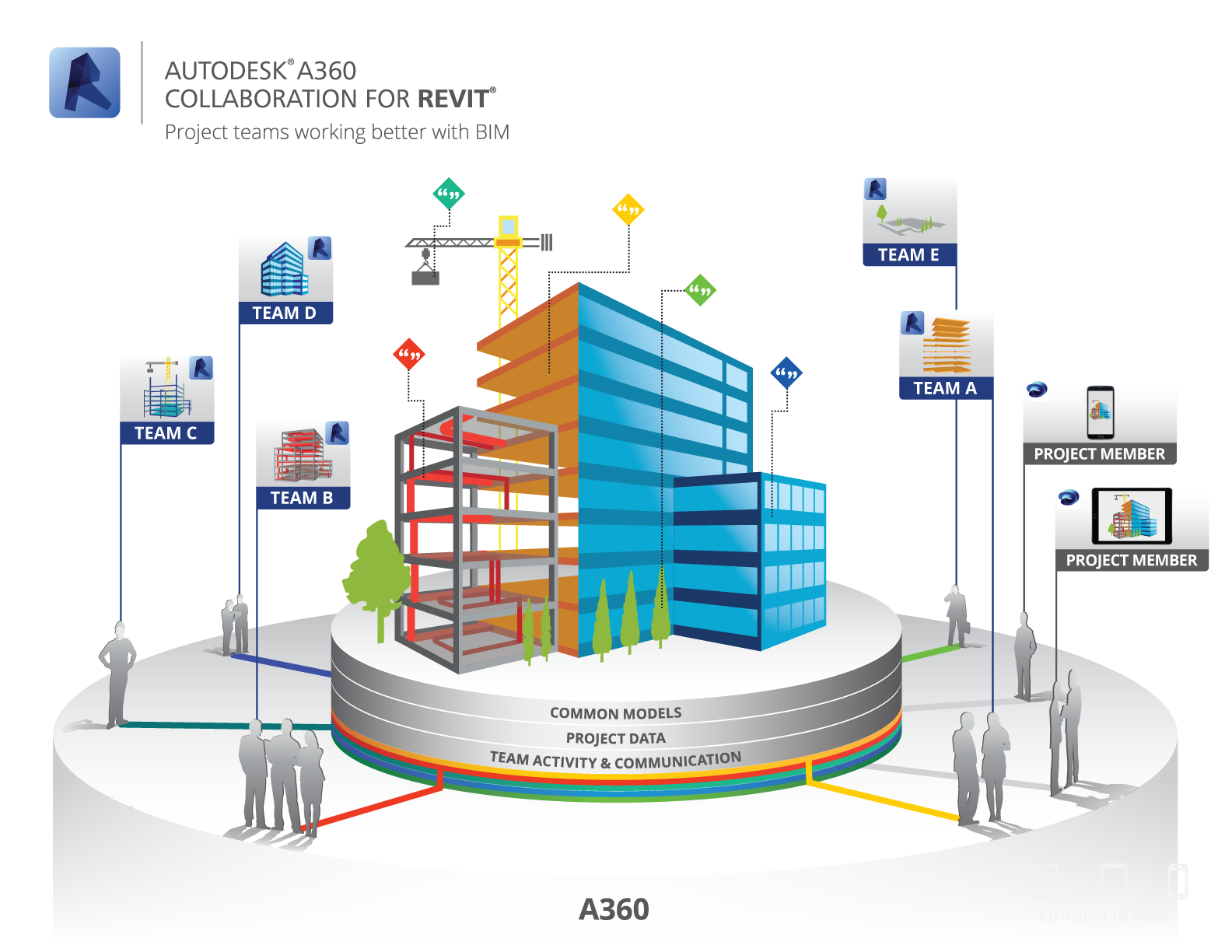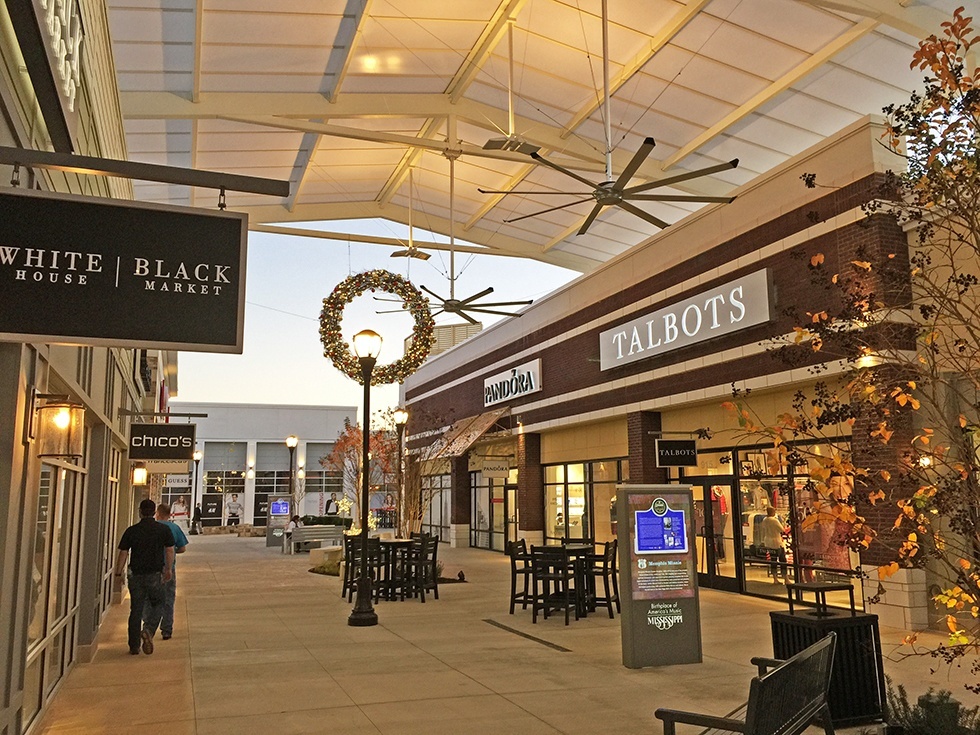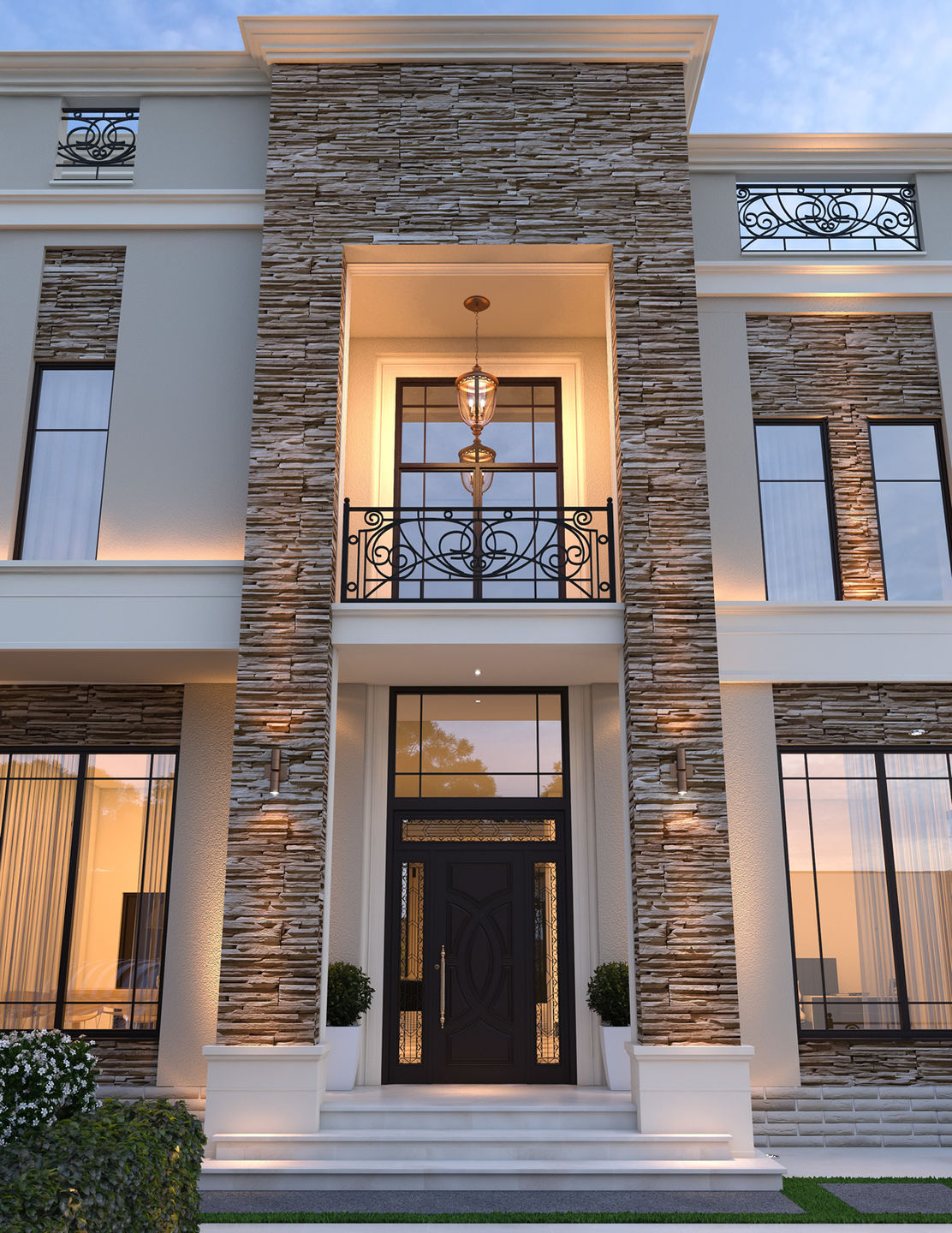Table Of Content

Keeping all of the above in mind will help you remain as financially flexible as possible, even after closing. If you put down less than 20%, you can ask your lender to remove PMI once you’ve reached 20% equity in your home. Victoria Araj is a Section Editor for Rocket Mortgage and held roles in mortgage banking, public relations and more in her 15+ years with the company. She holds a bachelor’s degree in journalism with an emphasis in political science from Michigan State University, and a master’s degree in public administration from the University of Michigan. Use our quick guide to understand what a down payment is, why you usually need to save for one and how much you should put down to buy a home. Our writers and editors used an in-house natural language generation platform to assist with portions of this article, allowing them to focus on adding information that is uniquely helpful.
Starter home prices are up 45% since before the pandemic
Down Payment on a House: How Much Do You Really Need? - NerdWallet
Down Payment on a House: How Much Do You Really Need?.
Posted: Fri, 12 Apr 2024 07:00:00 GMT [source]
FHA loans require as little as 3.5 percent, and VA loans and USDA loans have no down payment requirement at all. A bigger down payment can make it easier to get approved for a mortgage and allow you to buy more house for the same monthly payment, or even less. There are many home buyer assistance programs available through state and local governments. Participating charities also offer financial aid to eligible home buyers.
Chase Security Center
Having a side hustle relieves the pressure of cutting back on an already tight budget and speeds up your savings timeline. Morris and Cuevas were determined to stay in the city, but they didn’t have the money to compete with all-cash offers or big down payments. Making a smaller down payment also has its benefits, the most obvious being a smaller amount due at closing. Since the down payment is less than 20%, most probably you will be asked to pay PMI Insurance or mortgage insurance premium.
Gift Letters For Your Mortgage: A Guide
We don't own or control the products, services or content found there. Open a dedicated savings account for your down payment, cut your spending, pay off high interest debt, and perhaps get a second job to supplement your savings plan. Learn more about how to figure out how much you can spend on a mortgage and use our home affordability calculator here.
Our partners cannot pay us to guarantee favorable reviews of their products or services. Your down payment plays a role in determining your loan-to-value ratio, or LTV. To calculate the LTV ratio, the loan amount is divided by the fair market value determined by a property appraisal. VA loans and USDA loans can have a zero-down payment, but you must meet the minimum qualifications set by both programs. Saving for a down payment is a common homeownership hurdle to clear.
Just Days Left to Apply for California Program That Helps Pay for Your First House - KQED
Just Days Left to Apply for California Program That Helps Pay for Your First House.
Posted: Thu, 25 Apr 2024 18:55:47 GMT [source]
With an upfront down payment of 20% at $72,600 plus necessary closing or settlement costs averaging 4.5% of the purchase price, the sum needed for the house purchase would be $88,935. U.S. military service personnel, veterans, and their families can qualify for zero-down loans backed by the U.S. Other benefits include a cap on closing costs (which may be paid by the seller), no broker fees, and no MIP.

Most people need short liquidity on their home savings (fewer than ten years) so it’s best to keep the funds out of investments that are risky or tie up your money for long periods. Instead, consider FDIC-insured accounts, like short-term CDs or high-yield savings accounts. Look for an account that pays a high interest rate to make your money work for you. The selective program gives interest-free loans to first-time home buyers with low to moderate incomes.
You’ll pay this once the offer is accepted and the home purchase contract is signed. If you’re looking for a home in a rural or suburban area and meet income requirements, a USDA loan could be an option for a zero-down-payment mortgage. This means that on a $200,000 house, new buyers were putting up at least $12,000 and using a mortgage loan to cover the remaining balance. There’s not a specific way to approach the down payment, nor one set amount. The size of your down payment can depend on a variety of factors, like where you’re buying, how much you have saved, and what kind of mortgage you’ll get.
Department of Housing and Urban Development for single-family and condo homes and be within FHA loan limits. The size of your down payment depends on your savings, income, and budget for a new home. The amount you designate as a down payment helps a lender determine the loan amount for which you qualify and the type of mortgage that meets your needs. Paying too little upfront will cost you interest over time while putting down too much could deplete your savings or negatively affect your long-term financial health.
In the U.S., most conventional loans adhere to guidelines and requirements set by Freddie Mac and Fannie Mae, which are two government-sponsored corporations that purchase loans from lenders. Conventional loans normally require a down payment of 20%, but some lenders may go lower, such as 10%, 5%, or 3% at the very least. If the down payment is lower than 20%, borrowers will be asked to purchase Private Mortgage Insurance (PMI) to protect the mortgage lenders. The PMI is normally paid as a monthly fee added to the mortgage until the balance of the loan falls below 80 or 78% of the home purchase price. A down payment is a standard requirement for most mortgage loans. How much you should put down on a house depends on the type of loan you’re applying for and your financial situation.
The interest rate is the cost of borrowing, stated as a percentage, charged by a lender on the principal amount of your mortgage. Typically, the larger the down payment, the more competitive the interest rate. That’s because this typically leads to a lower borrowed amount, which may cause the lender to see it as being lower risk.


















